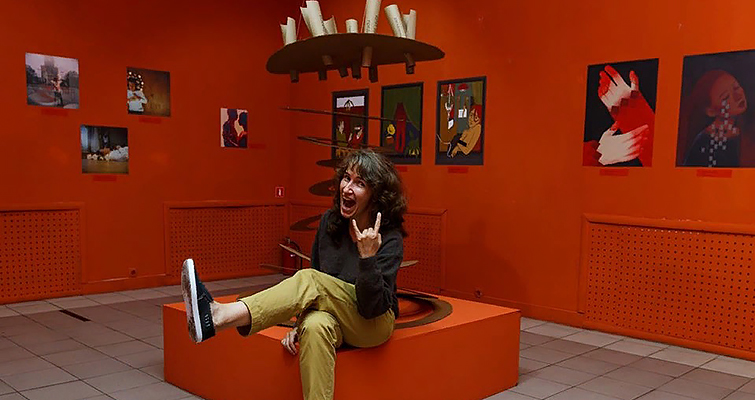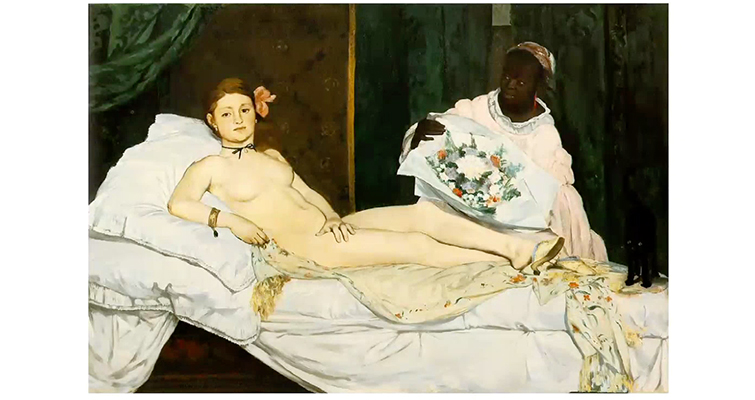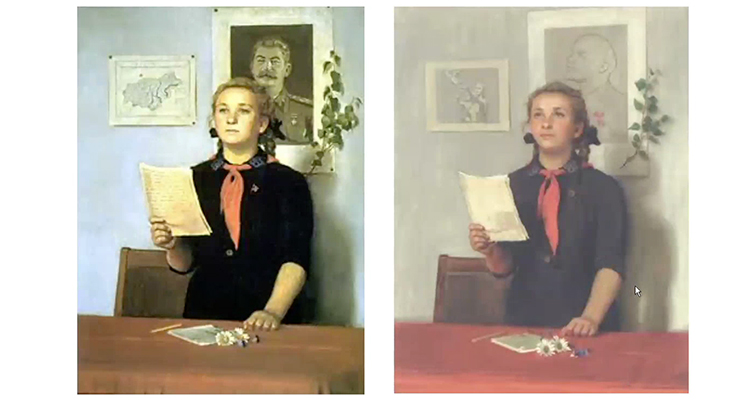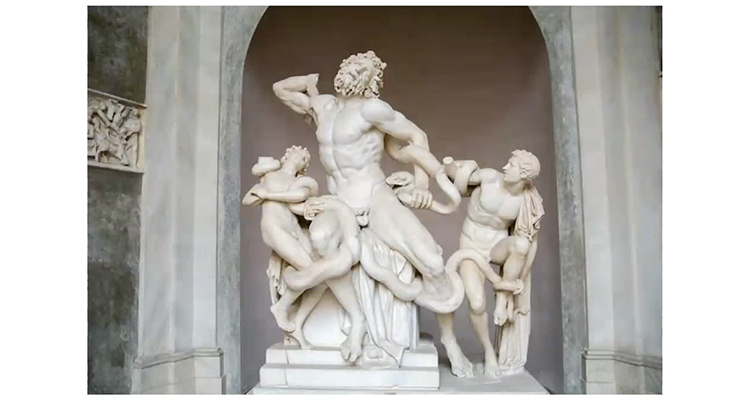
Íàøè íîâîñòè
ïîäïèñàòüñÿÍàøè íîâîñòè 
ïîäïèñàòüñÿ
What images and themes were banned in the art of different eras? How did artists avoid censorship? Anastasia Kamenskaya, Master of Cultural Studies, artist, and independent curator of projects in the field of culture and art, answered these questions.
On the example of real works, the speaker explained what could be the reason for refusing to show the paintings. Participants of her workshop analyzed the entire history of art from antiquity to the present.

In Ancient Greece and Ancient Rome,naked bodies were depicted everywhere and allowed to emphasize the strength of a person. However, in the Middle Ages,they were banned because of the primacy of the Church. Of course, this is not the only tabu that artists of the Middle Ages faced. Thus, the image of feet in the foreground of the picture was considered unacceptable.

Artists rarely put up with such bans and tried to circumvent them in every possible way. The paintings by Francisco Goya named ‘La maja vestida’ and ‘La maja desnuda’ are bright examples of that. The first was densely superimposedon the second. By pulling the lever, the viewer could lower the ‘La maja desnuda’ and watch the picture of anaked girl.

Later there were policy-related bans in art. At the workshop, Anastasia Kamenskaya told the story of the Wanderers. Artists were criticized for portraying the world too realistically. Their paintings exposed the defects of society and touched on acute topics.

After the historical excursion, the workshop participants discussed the bans in modern art. Today, the author should be responsible for his or her statements, avoid inciting gender and national-racial hostility in his or her works.

The topic of ecology deserves special attention. Projects using a huge number of natural resources are now considered unacceptable. Opposite, works that call upon the viewer to choose conscious consumption are appreciated.

The lecture by Anastasia Kamenskaya was useful for students of the Architecture College of MKIK. Theyactively shared their opinions about various bans.
At the online meeting, the students gained new knowledge about individual compositions and the history of art in general. They also learned information that can be useful in curatorial activities.
Alena Ermolaeva, student of theJournalism and Publishing College of MKIK, member of the Student Parliament
Translated by Antonina Kopyeva
17.12.2020










